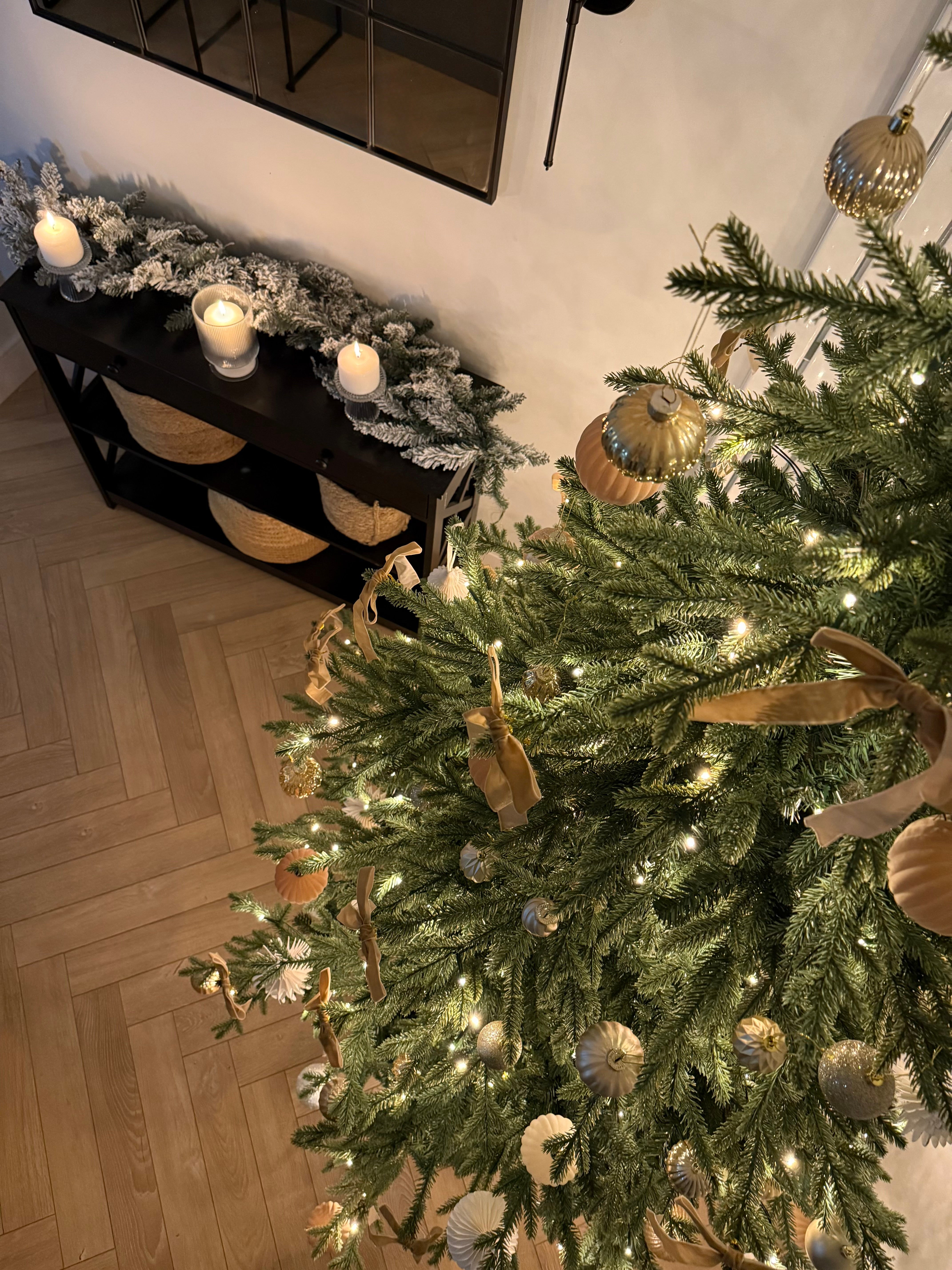The weather, unfortunately, seems to be intent on becoming more and more extreme all over the world. From drought and water shortages in Africa and record hurricane seasons in the Caribbean to frequent flooding in Continental Europe and the UK, we need to take the trajectory of our climate into consideration when planning to build a house or looking to upgrade any existing structures.
Flooding has become an increasing occurrence and a problem for homeowners in the UK over the past few years. If you live in an area that is, or in the near future could be, prone to flooding, it is a good idea to plan accordingly when choosing your floors. At the very least for the basement, but potentially also the ground floor. While there is no perfect solution, you want to be aware of the options you have to protect your floors to the greatest extent possible.
Vinyl flooring
The most common flooring types that are recommended to use in flood prone areas are vinyl, ceramic tile, treated or waterproof concrete and rubber. Vinyl flooring comes in rolls, tiles, or planks. Pure sheet vinyl is a waterproof solid surface, and its lack of seams makes it so that water cannot penetrate down to to the subfloor.
As it is entirely synthetic, vinyl is also resistant to mould and mildew, which can easily build up from humidity in wetter areas. The photographic layer of engineered luxury vinyl such as the Lignum Core Rustic Grey Oak Herringbone also allows you to replicate any look you want for your space. Furthermore, it comes with a 1mm underlayment that helps reduce sound and add warmth to the floor.
Ceramic tiles
Ceramic tiles are on the slightly more costly side, mostly due to the installation expenses. However, they do look amazing and is a terrific choice for spaces that might see puddling of water. This type of flooring is also very easy to clean and maintain. Meanwhile, you do want to take into account that in case flooding could occur from below, rather than above, the water could loosen the tiles, which may end up costing a lot in repairs.
Concrete flooring
In case you are going for a slightly more industrial look, concrete floors do not necessarily need to be consigned to patios, basements or garages. They are not only utilitarian and can be stained nearly any colour and resurfaced for a variety of textures and finishes. It is extremely strong and durable, and sealing your concrete foundation will help it resist even more water. Since there is no flooring for moisture to get trapped under, you also escape the problem of a potential build-up of mould.
Rubber floors
One advantage to rubber flooring, apart from them staying quite warm relative to other options, is that it can be adhered quite loosely so that if a flood happens, you can remove it and hang it out to dry. Rubber floors can come in tiles that snap together, or large sheets. The latter will provide a little more coverage, whereas the former will be simpler to remove and reinstall.











